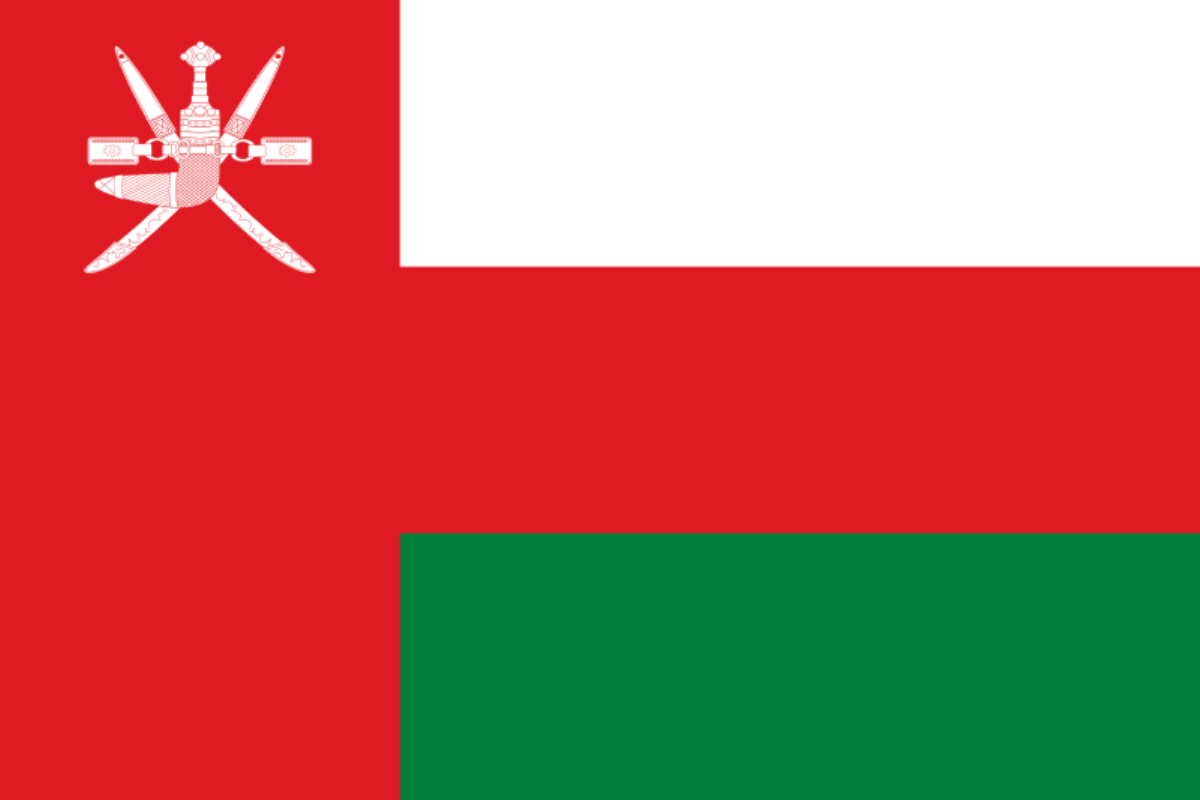The national animal of Oman is the Arabian oryx. These are medium sized antelopes with striking long horns and a distinct bump in the shoulders. They are bovid and the smallest members of their genus. The oryx is a vital national symbol in Oman and a striking image to anyone who sees them.
The oryx may not have the power or hunting prowess of an apex predator, but they are nonetheless equally striking symbols in the minds of many people not just in Oman.
They embody the deserts and mountains in which they live and in this part of the world are important for many reasons.
Let’s find out more.

What is the national animal of Oman?
The national animal of Oman is the Arabian oryx.
This is a bovid, specifically an antelope which is found in the deserts and steppes of the Arabian Peninsula.
In the wild, the animal was actually extinct by the 1970s, though the species was saved by individuals in zoos and private reserves and was quickly and successfully reintroduced into the wild.
Wild populations today are estimated to be around 1,200 individuals, though this is hard to say with much certainty.
Captive populations remain in the region of six to seven thousand.
The word “oryx” was introduced to scientific naturalism in 1767 by Prussian naturalist Peter Simon Pallas.
This name comes from the Greek orux, meaning gazelle or antelope.
They are called dishon in Hebrew and go by many names in Arabic including maha and boosolah.
They usually stand between 2.6 to 4.1 feet tall at their shoulders, weighing anywhere from 220 to 460 pounds.
They have near-luminous white coats, with brown on the legs and underside and black stripes on the head, neck, and face.
Perhaps their most striking feature is their incredibly long horns, which can be as long as five feet.
Both males and females have these horns.
They tend to rest during the heat of the day and are excellent at detecting rainfall from a long distance and moving toward it.
They move around a lot, then, meaning they have a fairly wide range of up to 3,000 km squared.
Herds are mixed sex and usually around 15 individuals, though much larger herds have been recorded.
They are generally not aggressive within their own species allowing them to endure peacefully for long periods of time.
Their only natural predator besides humans is wolves, and they can live as long as 20 years in captivity.
Why is the Arabian oryx the national animal of Oman?
The oryx is the national animal of Oman for a variety of reasons.
They are vital aspects of the local ecology and this is in part why efforts to reintroduce them into the wild following their extinction in the 1970s were so important.
The knock-on effect of their absence was profound.
This, in part, led to the adoption of the animal as the official national animal.
They are symbols of the beauty of the country, particularly its deserts, while also being symbols of power and endurance.
They are in some ways spirits of the desert, haunting these harsh and desolate places and living in them with apparent ease for long periods of time.
The animal today features on the country’s coat of arms prominently and so in this way has become an important emblem of the country and its people.
The ability to survive long periods of time without water is key to understanding the place the oryx has in Omani culture.
Living in regions like this presents many problems for humans and life in general, and so the oryx embodies that too.
What, though, is the mechanism of the oryx’s survival in the desert without water?
How do Arabian oryx survive in the desert without water?
It’s worth noting that oryx will generally drink water when they can find it, and as mentioned they are very sensitive to changes in the atmosphere that indicate nearby rainfall.
But they can survive for long periods of time without water mostly by getting moisture from plant matter.
They eat succulent bulbs and melons they find in the desert and this can provide them with plenty of water.
It’s estimated that the oryx can go without water for nine or ten months, though some think it may be much longer than this.
They are hardy and resourceful, to say the least.
Are Arabian oryx endangered?
The Arabian oryx is currently listed as vulnerable.
As we’ve seen, their population has been turbulent in recent decades and they have been brought back from outright extinction in the wild.
It does, though, appear that their fortunes are changing for the better, as they were listed as endangered before 2011.
Their population, then, is growing steadily, and they remain stable.
They are protected from hunting on national parks and reserves which has helped their population numbers considerably.
Though efforts will still have to be made to ensure their long term survival, things are looking better for these majestic animals.
Efforts will need to be made to preserve this species in the future, then, but at present, they are still very much alive and well in Oman.
They are denizens of the desert that in many ways define Oman and large parts of this region of the world, and so they have become important national symbols not just in Oman but across the Middle East.

